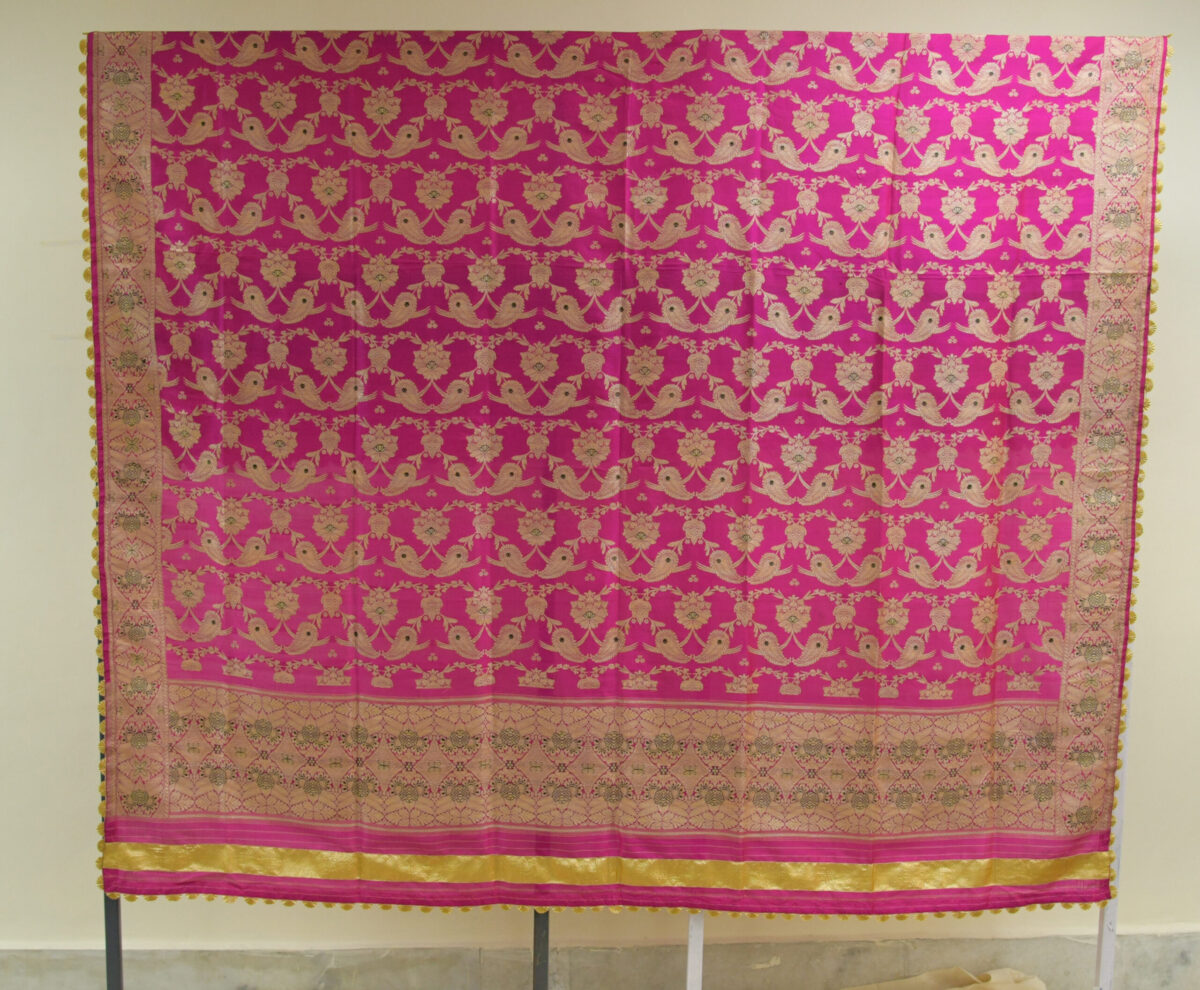Armed with myriad craft creations, ‘Aina’ has brought together ancestral textiles and artifacts, conveying the language of Indian weaving. The central point of such an exhibition is to celebrate the rich heritage of the country’s craftsmanship, as well as its role in collective nostalgia.
At the exhibition, on display are brocade textiles, chope – a special type of wedding phulkari, gadwal sarees, Kashmiri pashmina, meenakari embroidery work, temple sarees, thangka, zardozi and others from different corners of the country.
Speaking on the relevance of textiles, Simmi Bhagat, Associate Professor at Department of Fabric and Apparel Science, Lady Irwin College of the University of Delhi, highlighted how it creates well-paying employment, safeguard workers’ social rights, promote efficient production for export markets, and have the capacity to alter society.
“The textile sector satisfies each of these requirements. One of the first sectors to grow in India was textile and garment. Due to the existence of the whole value chain, from fiber production to apparel manufacture, within the nation, it has an inherent and distinctive strength that is unmatched in terms of employment possibilities,” she said.
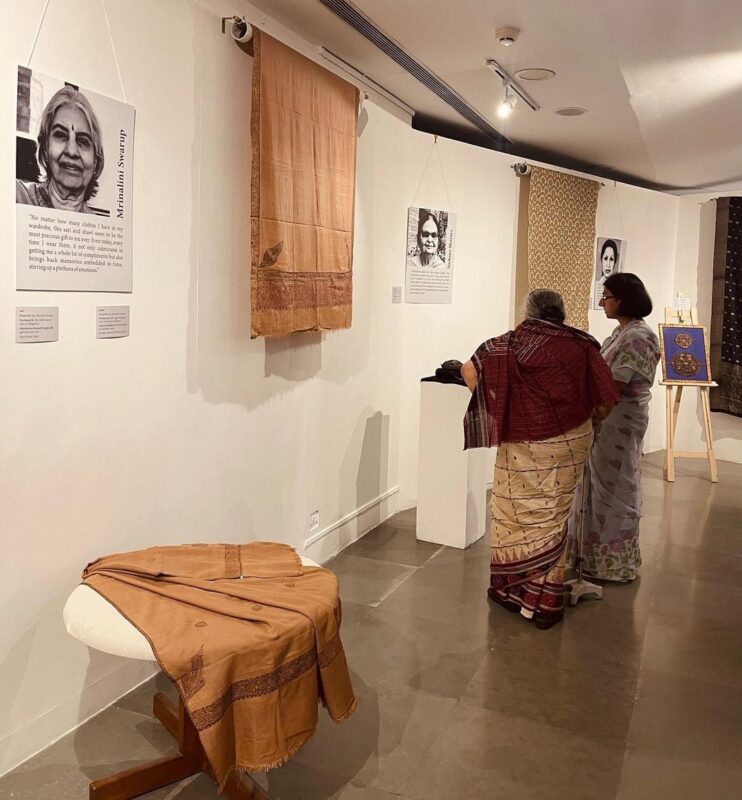
“These stories will forever be instrumental in facilitating a dialogue between generations of their makers or owners, without which these valuable textiles may lose their essence and become ‘just stuff’ to be either given away or discarded. To document a textile object in totality, it’s important to document the emotional connection and memories that people have with their textiles’, said curator Sareekah Aggarwal.
“With this exhibition, our main motive is to rally the residents of the country who possess one or more exquisite textile pieces lying unacknowledged in their closets imbued with meaning and emotions to share their valuable textile possessions and their stories of existence to be preserved for posterity.,” she added.
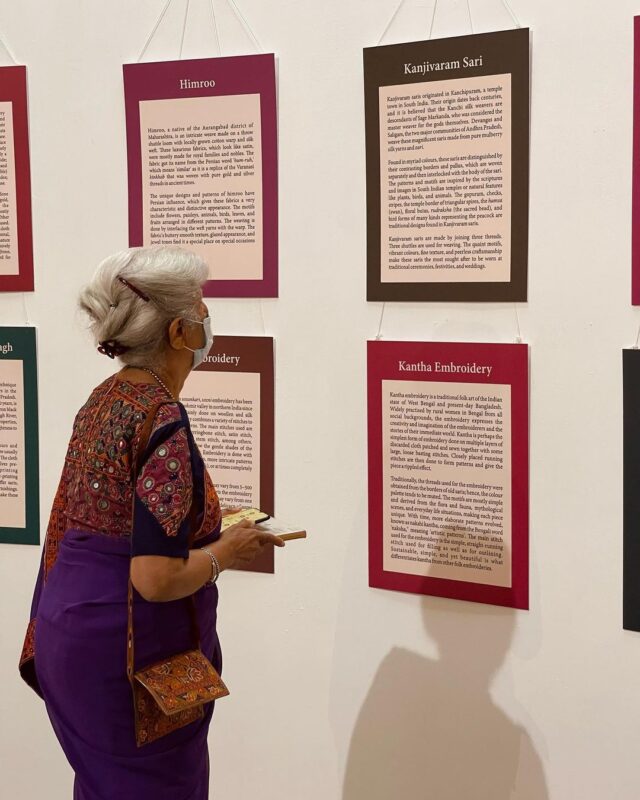
“Some of India’s distinctive handcrafted textiles are passed down from one generation to the next and are generally cherished as priceless heirlooms. When kept for prosperity, the unique tales hidden in each textile will help fill in the gaps in our knowledge of culture, tradition, genealogy, and family history. While others may be purchased or self-made, such textiles have stories embedded in them that are frequently unheard,” she continued.
Meanwhile, emphasising on the significance of conserving Indian textiles, Achal Pandya, Professor and HOD of IGNCA, threw light on how hundreds of tonnes of clothing go to waste every year due to a lack of understanding among people to conserve or keep them in suitable circumstances.
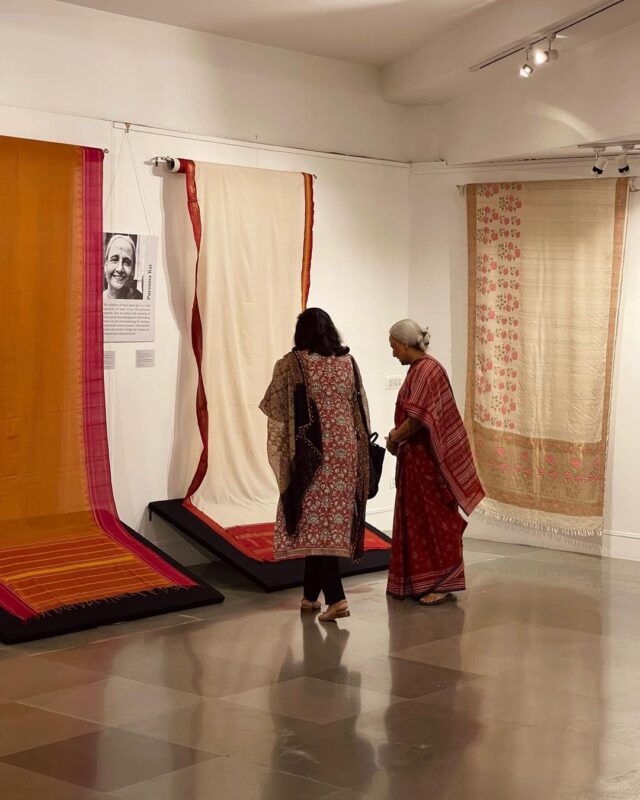
“While textiles cannot be damaged by earthquakes, a few tiny elements may completely obliterate hours of effort, which is one of the reasons why the textile business is declining. I’ve spent my entire life working in the textile business, and the effort I’ve put in cannot be conveyed in words. I still believe the sector will advance if the appropriate measures are done,” he said.
Visitors received a warm welcome as the crowd was most drawn towards a pink meenakari brocade Saree, which was the curator’s own wedding dress. In addition to the displayed works, there was also information and history about the thread presented on the wall to educate the younger attendees.
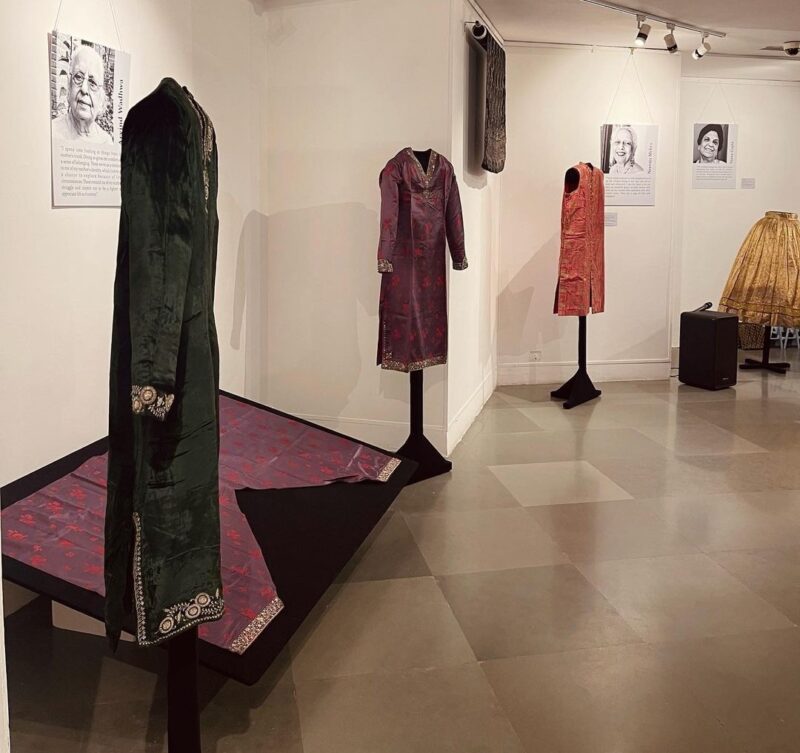
“In order to move forward and sustain itself, the textile industry must focus on infrastructure, collaboration, and corporatization,” stated Smita Singh, Independent Textile Conservation Consultant.
“When you’re innovating, you don’t always know if it’s coming from Indian fabrics or karigars; the key is for the consumer to be delighted with the appearance and feel of the garment. I believe it is critical that customers discover value whether they are aware of it or not. The second level is, of course, consciousness,” said Nidhi Gupta, who was present at the event, which will end on May 21.

